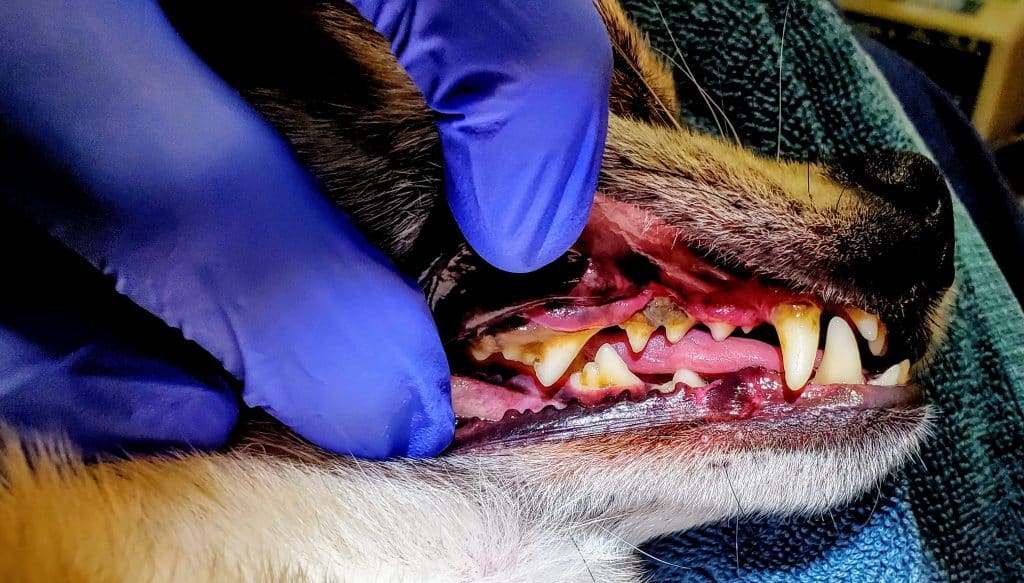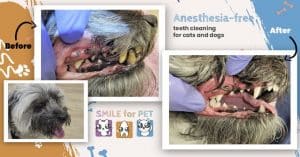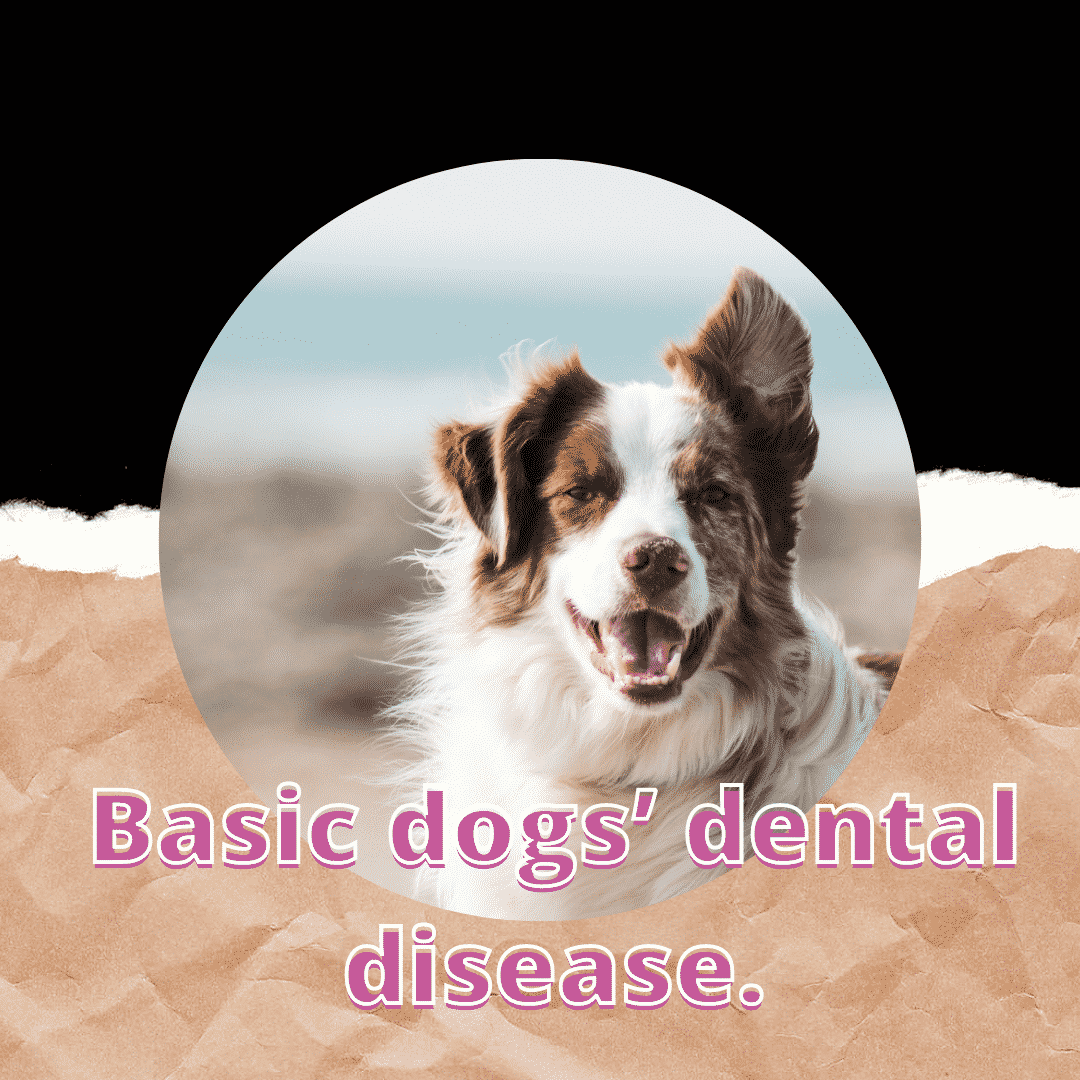The white smile of your dog shows the animal’s health. But what if, in your case, things are looking different? Let’s look at what kind of dog dental disease your pet can have and how to deal with them.
The most common basic dog dental disease is tartar. They look like a gray-green plaque at the base of the tooth and on its surface. They make your dog’s teeth look bad, cause bad breath. Tartar affects gums.
Prevention is important. Although the special dog’s dental treats and the dog’s toothpaste effectiveness are not proven, it does not hurt to have all of these as day-to-day treatment.

But if we have already passed the stage, then you can contact Smile4Pet. Either mechanically (with ultrasonic) or with the help of lactic acid (in exceptional cases), we will remove the plaque and tartar from the pup’s teeth.
Another basic dog dental disease is Pulpitis. Pulpitis can cause pain and torment to a pet. The pulpit is an inflammation of the pulp, the soft inner part of the tooth. Because there are many blood vessels and nerve endings, the disease causes great inconvenience to the dog. As a result, the damaged tooth should be extracted. Make sure that your veterinarian has an x-ray. It’s essential to make an x-ray before ad after removal to control the level of inflammation around the tooth root. If the tooth does not remove altogether, it could cause severe issues.
And the most unpleasant dental disease in an animal is periodontitis. It is an inflammatory process in dental tissues. It may occur because of mechanical injury to the jaw or overgrown inflammation of the gums or pulp. If the dog is painful with pressure and “the pulp” is swollen, then your dog may have periodontitis. They are treated by washing out “pulp pockets” or removing the diseased tooth. Usually, a vet prescribes a course of antibiotics as part of the treatment of periodontitis.
In every disease, the critical thing is not to start it up. So it is essential to prevent dental diseases and examine the dog’s oral cavity regularly, as well as everyday teeth brushing at home and regular anesthesia-based or anesthesia-free hygiene.
Anesthesia-free teeth cleaning by Smile4pet before & after:


